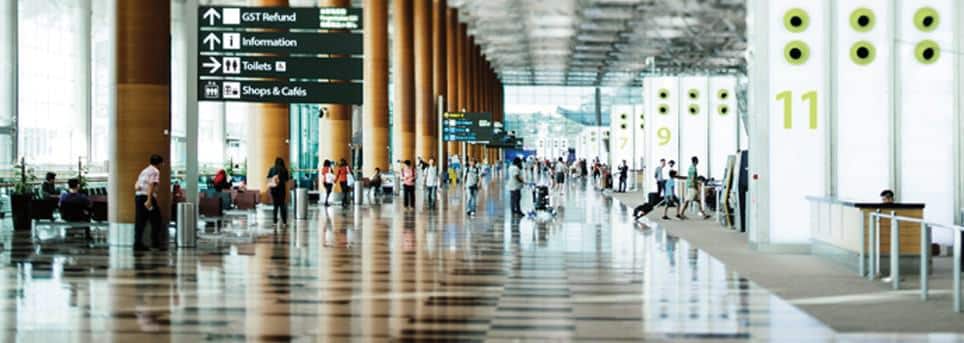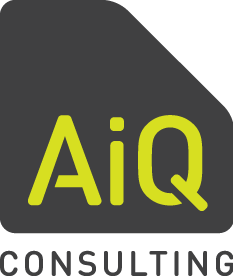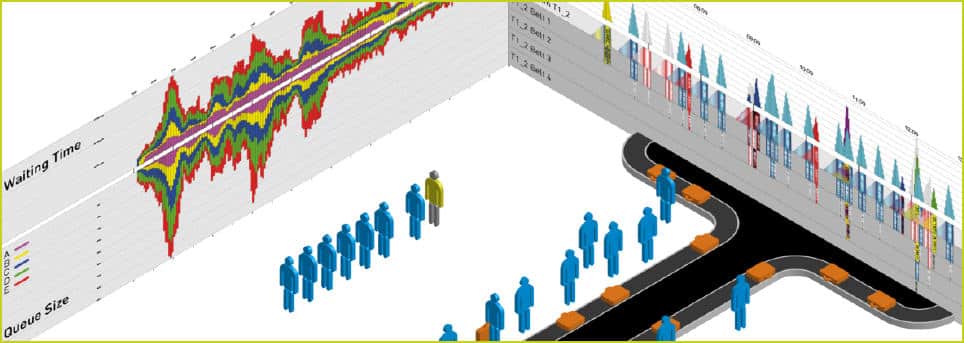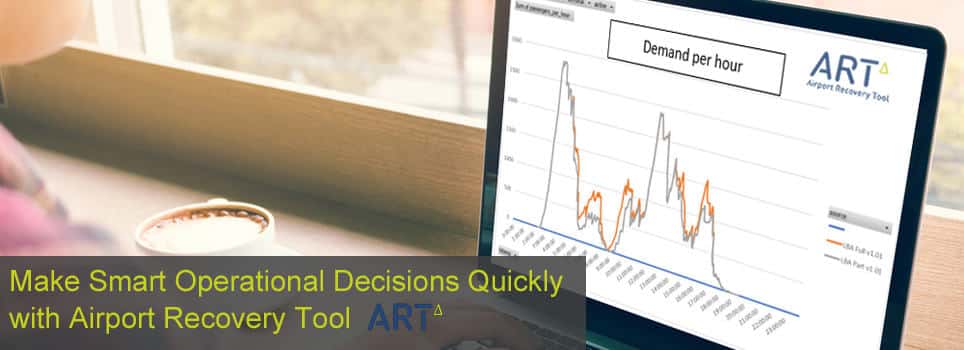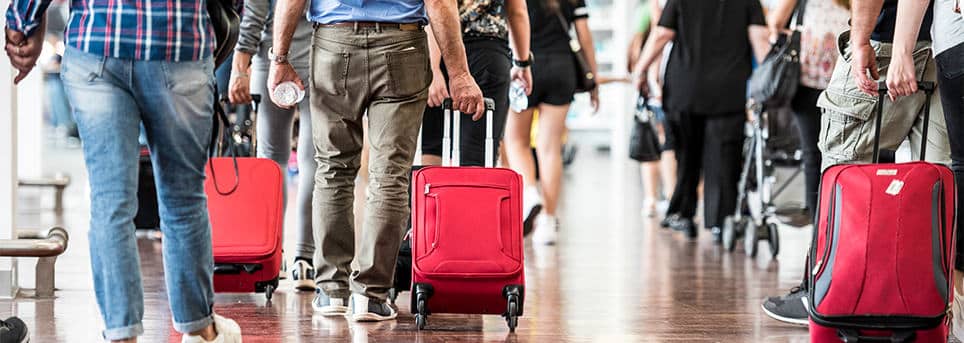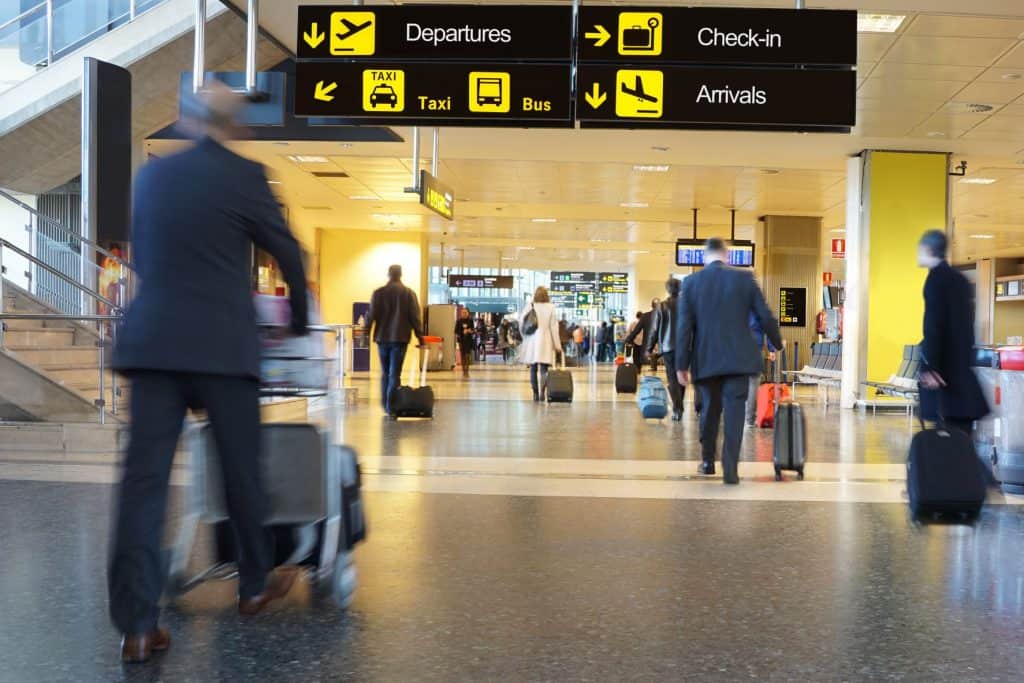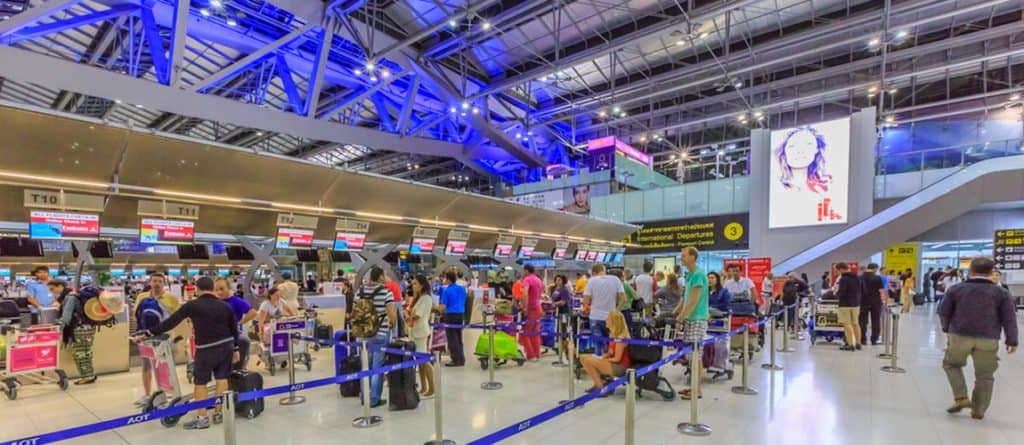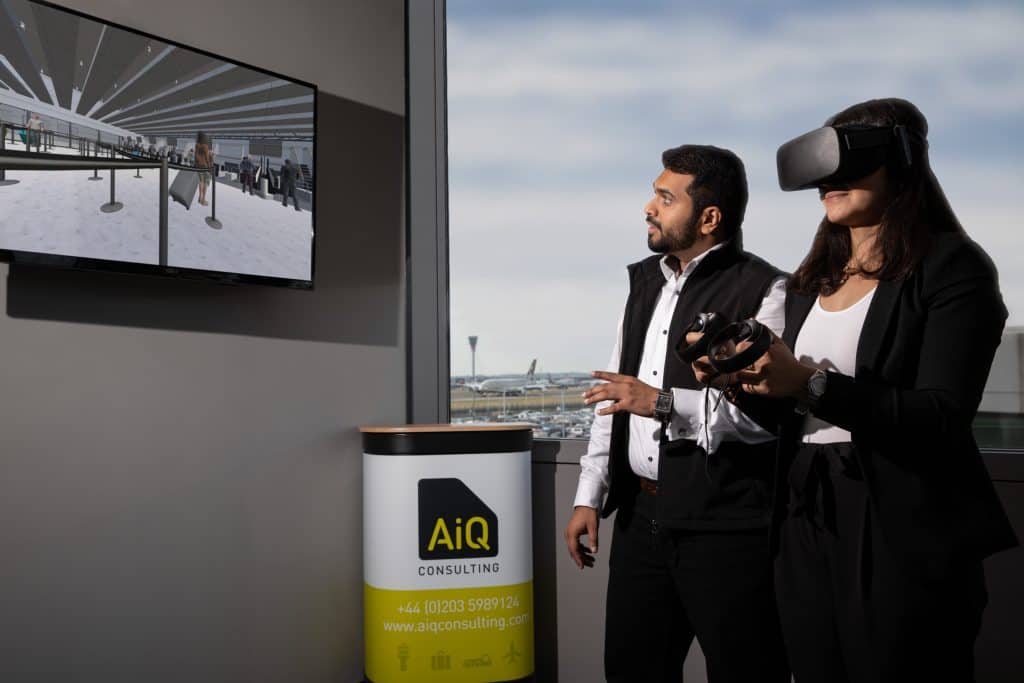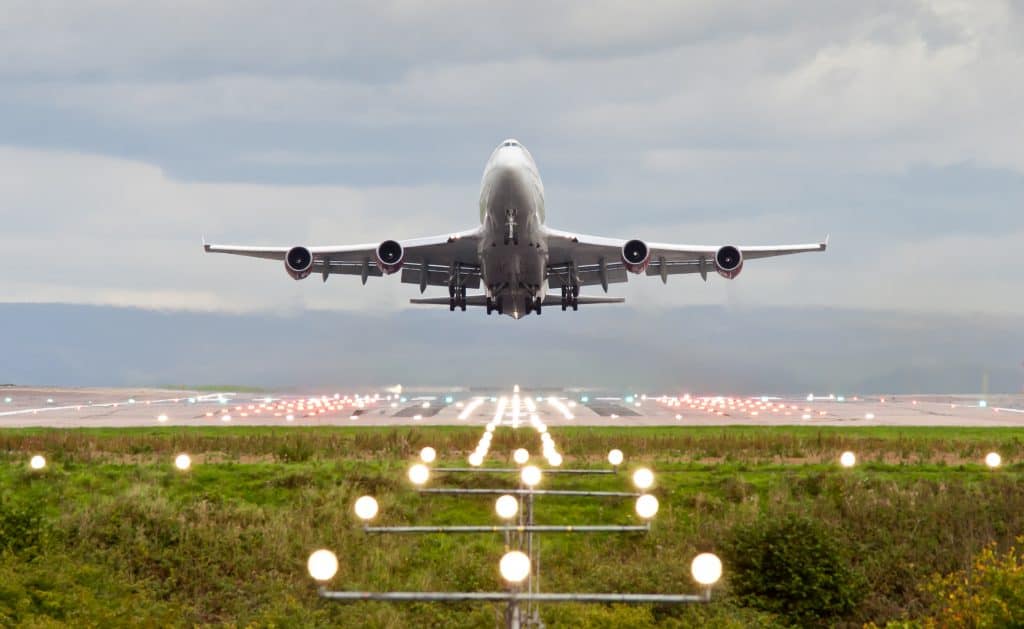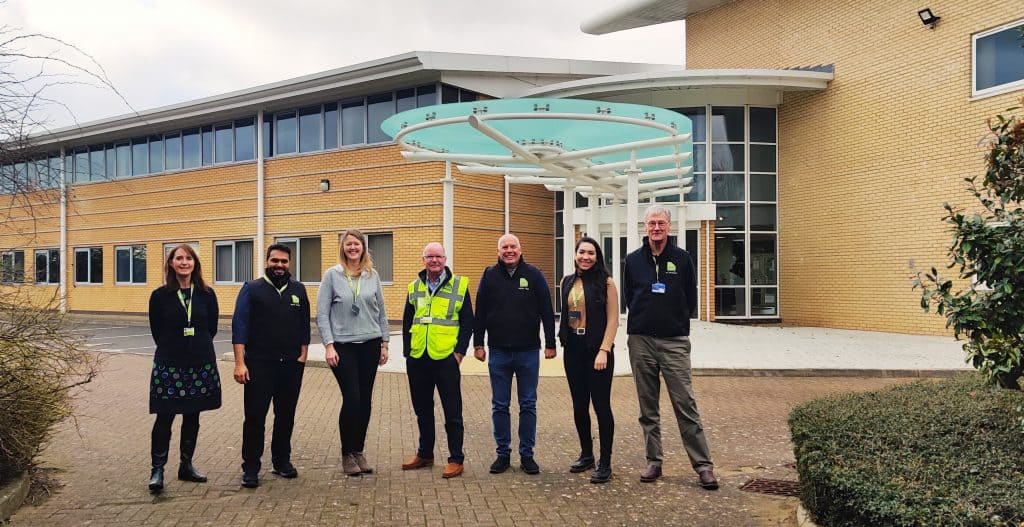
AiQ is delighted to open a new office at Cranfield University Technology Park. We bring our operational airport intelligence and practical expertise to the leading global aviation research centre.
This office enables our team to support sustainable aviation initiatives and deepen relationships with industry leaders, aviation research and university academics. Our additional office at Heathrow World Business Centre 3 situates us perfectly to support London, UK regional and worldwide airports.
From advancing sustainable aviation initiatives to sharing expertise with lecturers and students, over the years we have enjoyed strong links with Cranfield University. Find out more about these below. …Continue reading…
